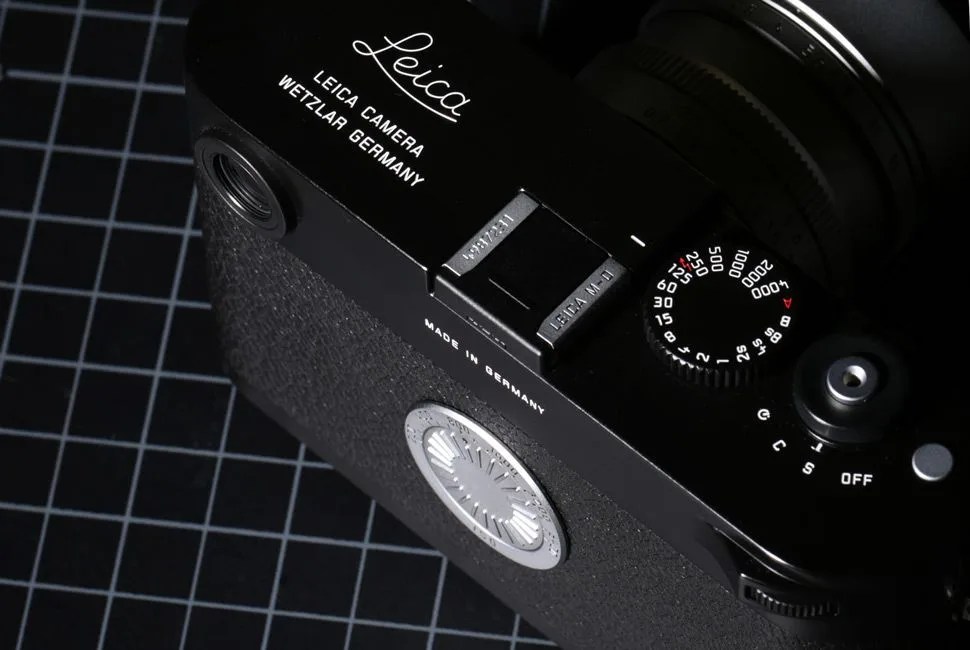It’s an interesting, if slightly insane, idea. Take an acclaimed digital camera, remove the rear LCD screen, remove key settings like white balance and JPEG shooting, remove any video function, market it as a return to pure photography and charge $5,995 for the privilege.
Now before you roll your eyes too aggressively, let’s consider why the new Leica M-D (which does all of the above) might be kind of cool. In effect, Leica has recreated their M7 film rangefinder (which they still make) and swapped the film spool for an SD card slot. The only tangible difference is that instead of 36 frames, you’ll get as many shots as your card will hold. And instead of having to go to the one-hour photo, you can “develop” them on your computer in a matter of seconds. In practice, the M-D behaves just like a film camera and — after about a two-hour period of going to check my shot and staring at a blank piece of leatherette — I found myself using it just like one.
Compose, set exposure and focus, shoot, move on.
Since I wasn’t reviewing photos, I spent more time actually looking at the world around me.
Since the M-D behaves almost exactly like a film camera, most of the normal arguments for going analog still apply. I found myself more invested in composition and framing since I wasn’t busy fiddling with white balance or autofocus settings. No auto-ISO meant that I had to get back to exposure triangle basics (though there’s still an aperture priority mode). And since I wasn’t reviewing photos, I spent more time actually looking at the world around me. Sure, I could force myself to do all of this introspection and simplification on the normal, screened Leica M, but it’s much more pleasant to not have the temptation. And it almost goes without saying that since it shares internals with the Leica M, the images that came out of the camera were fantastic (especially when shot with the awe-inspiring 50mm f/1.4 Summilux). Where the M-D breaks from the vein of “being like film,” is in post. Unlike film, where photos tend to look pretty great right out of the camera, the M-D’s raw files still require time spent in front of the computer tweaking sliders and adjusting levels.
4 photos
Though you can’t see them at the time of capture, the images coming off the M-D are just as tonally rich and sharp as the ones coming off of its sister camera, the standard M (Typ 240). The images above were all taken with the M-D and a 50mm f/1.4 Summilux lens and edited to taste.





